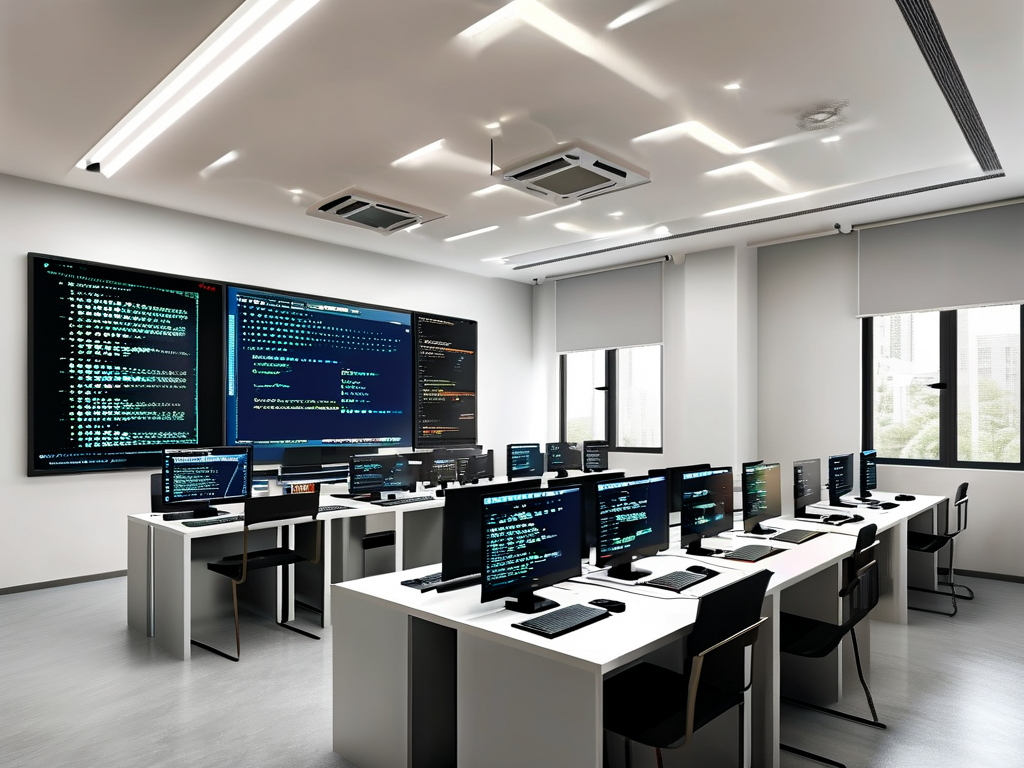The rapid evolution of technology has positioned embedded systems as the backbone of modern innovation, from smart devices to industrial automation. To bridge the gap between academic theory and real-world application, embedded development training bases have emerged as critical ecosystems for nurturing skilled engineers. These hubs combine hands-on practice, industry-aligned curricula, and collaborative projects to prepare learners for the demands of a dynamic tech landscape.

Why Embedded Development Training Matters
Embedded systems power everything from medical devices to autonomous vehicles, yet mastering their design requires more than textbook knowledge. Traditional education often lacks the infrastructure for practical experimentation, leaving graduates underprepared for hardware-software integration challenges. Training bases address this by providing access to cutting-edge tools like ARM microcontrollers, IoT prototyping kits, and real-time operating systems (RTOS). For instance, learners might work with Raspberry Pi clusters to simulate edge computing scenarios or debug embedded Linux drivers using oscilloscopes and logic analyzers.
Curriculum Design and Workflow
A robust training program balances foundational concepts with project-based learning. Early modules focus on C/C++ optimization for resource-constrained environments, while advanced courses cover FPGA programming and wireless sensor networks. A typical workflow involves:
- Hardware Familiarization: Trainees disassemble commercial embedded products to study PCB layouts and power management circuits.
- Firmware Development: Writing bare-metal code for STM32 microcontrollers, such as configuring GPIO pins for LED control:
// STM32 CubeIDE example HAL_GPIO_WritePin(GPIOA, GPIO_PIN_5, GPIO_PIN_SET); HAL_Delay(500); HAL_GPIO_WritePin(GPIOA, GPIO_PIN_5, GPIO_PIN_RESET);
- System Integration: Combining sensors, actuators, and communication protocols like Modbus or MQTT into functional prototypes.
Industry Partnerships and Outcomes
Leading training centers collaborate with semiconductor firms and OEMs to align coursework with market needs. Students might develop energy-efficient algorithms for Texas Instruments’ MSP430 series or create CAN bus diagnostics tools for automotive applications. These partnerships often lead to internship opportunities, with graduates securing roles in robotics, aerospace, and consumer electronics.
A case study from a Shenzhen-based training hub highlights a team that built a smart agriculture system using LoRaWAN and soil moisture sensors. Their solution reduced water usage by 40% in pilot farms—a testament to the tangible impact of applied embedded skills.
Overcoming Learning Challenges
Novices frequently struggle with debugging timing issues or memory leaks in embedded environments. Training bases mitigate this through pair programming sessions and AI-assisted code analyzers. For example, static analysis tools like PVS-Studio help identify potential bugs in microcontroller code:
// Common pitfall: uninitialized pointer uint8_t* buffer; memcpy(buffer, input_data, sizeof(input_data)); // Static analyzer flags this
The Future of Embedded Training
As RISC-V architectures and AI-at-the-edge gain traction, training programs are adapting to include neural network deployment on microcontrollers. Workshops on TinyML demonstrate how TensorFlow Lite models can run on ESP32 chips for voice recognition tasks. Such forward-looking content ensures trainees remain competitive in an era where embedded intelligence drives innovation.
In , embedded development training bases are more than classrooms—they’re innovation accelerators. By merging rigorous technical education with industry insights, they empower engineers to transform abstract concepts into solutions that reshape industries.









